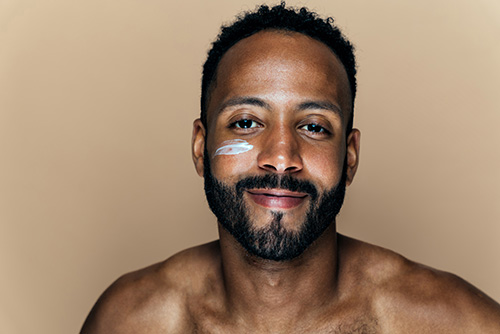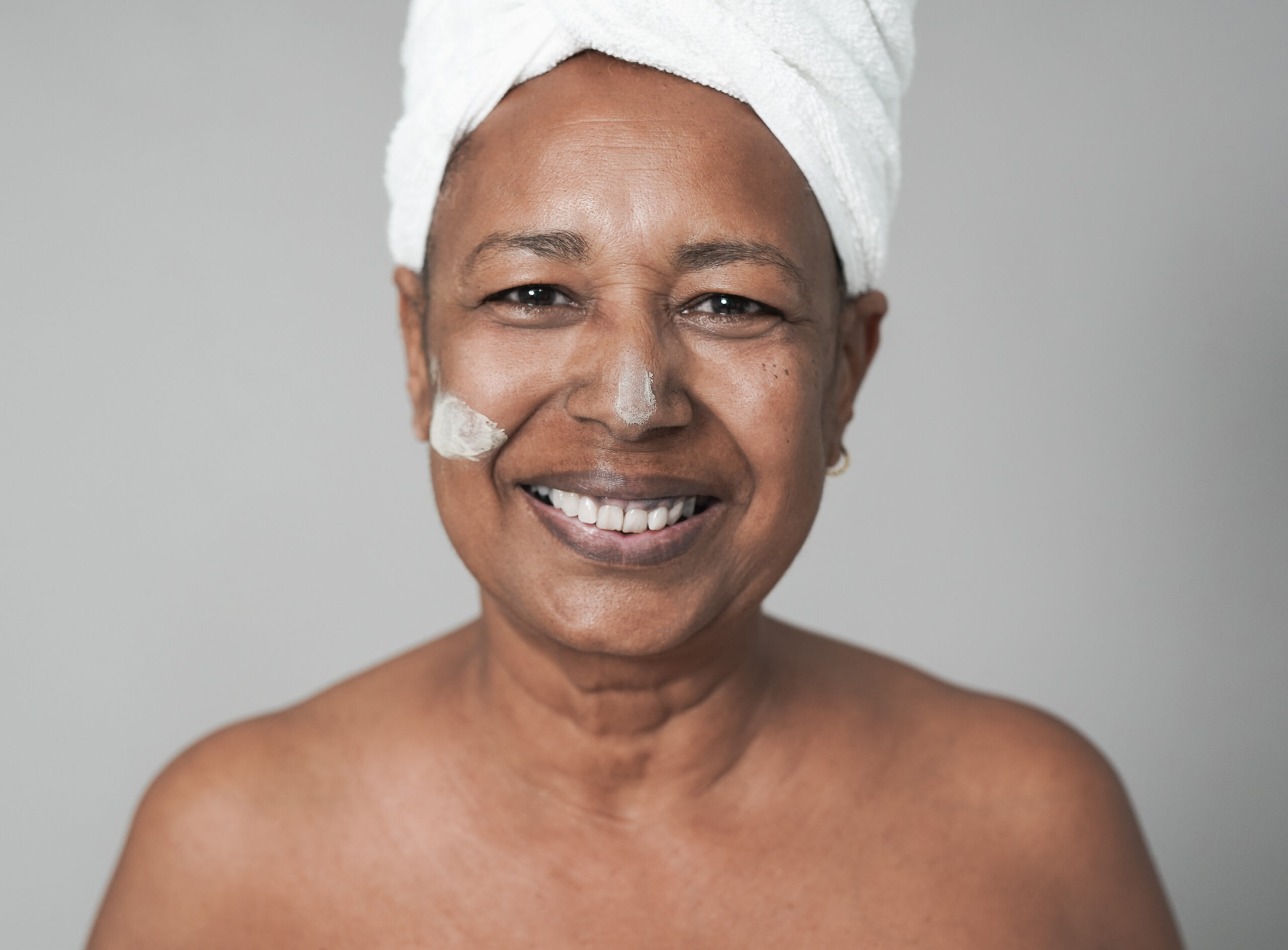As our skin ages, its ability to retain moisture decreases. There are several contributing factors that affect skin hydration including natural moisturising factors, hyaluronic acid and the skin’s lipid barrier.

Inevitably Natural moisturising factors (NMFs) are compounds that focus on water retention and supporting the skin barrier, I.e., amino acids and lactic acid. Over time, the skin begins to slow its production of NMFs, which can contribute to skin dryness.

Hyaluronic acid is a skin ‘superpower’ that is responsible for maintaining skin hydration and facial volume through its ability to hold large amounts of water. With age, production slows, increasing the skins susceptibility to form fine lines and wrinkles.

The skin’s outer layer, also known as the lipid barrier has a pivotal function in preventing water loss and shielding lower layers of skin from environmental damage. This barrier weakens and becomes retains less moisture, leading to greater skin dehydration.
There are a range of lifestyle factors that can contribute to skin aging including smoking, sugar and alcohol consumption, facial muscle movements, stress, sleep patterns and skin care habits.




With age the forehead can
develop wrinkles.
With age, frown lines can
appear more prominent.
With age the nasolabial folds
can look deeper.
With age, crows feet can
appear more prominent.
With age, perioral lines
can become more prominent.
With age, chin drop
can be visible.
Our advanced cosmetic techniques deliver superior results with treatments to assist with the following concerns:
Have any questions?
We’re experts in all things skin and aesthetics. We use new techniques and innovative technology for optimal tailored results, helping you look and feel your best. Write your next chapter with the transformative power of cosmetic medicine by contacting us today.

Treatments
Visit Us
Address
Shop 1/26 Chuter Avenue, MONTEREY, NSW 2217
By Appointment Only
Tuesday–Friday: 10am–5pm
Thursday: 11am-7pm
Saturday: 9am–2pm
Sunday & Monday: Closed